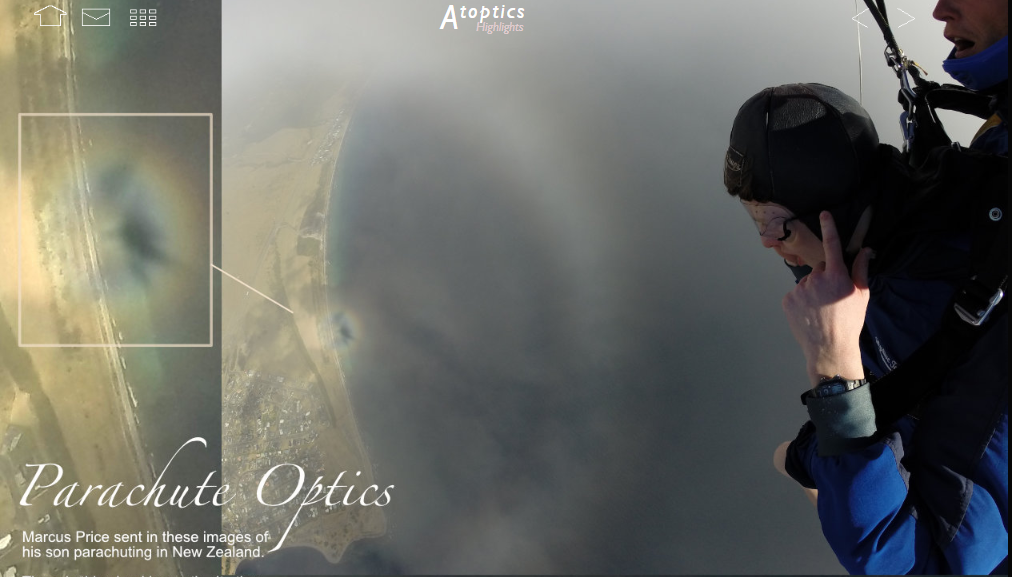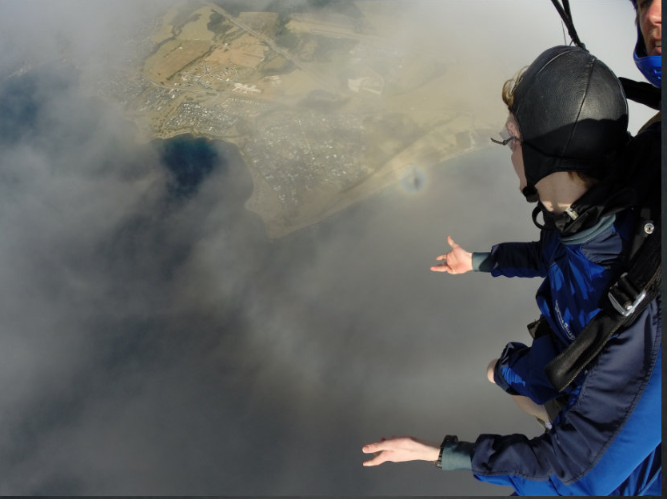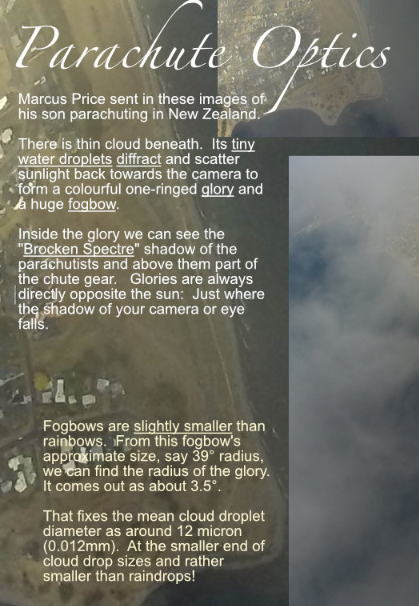Circumhorizon Arc
Circumhorizon Arc: A Spectacular Atmospheric Optics Phenomenon
Have you ever looked up at the sky and been mesmerized by the beauty of the natural world? One stunning atmospheric optics phenomenon that might catch your eye is the Circumhorizon Arc. This optical marvel, also known as the "fire rainbow," is a rare sight that occurs when sunlight interacts with ice crystals in thin clouds. While the existing content provides a brief overview of this phenomenon, let's dive deeper into the captivating details of the Circumhorizon Arc.
Understanding the Formation of the Circumhorizon Arc
The Circumhorizon Arc occurs when sunlight passes through hexagonal ice crystals suspended in high-altitude cirrus clouds. These ice crystals act as tiny prisms, refracting sunlight and separating it into its various colors. The resulting effect is similar to that of a rainbow, displaying a vibrant spectrum of colors.
The Conditions Required for a Circumhorizon Arc
To witness a Circumhorizon Arc, specific conditions must be met. Firstly, the sun must be relatively high in the sky, at an elevation of around 58 degrees or more. Secondly, cirrus clouds with ice crystals must be present. These clouds are often wispy and thin, allowing sunlight to pass through and interact with the ice crystals.
The Spectacular Colors of the Circumhorizon Arc
When a Circumhorizon Arc forms, it displays an array of vivid colors. The most prominent colors are typically red, orange, and yellow, resembling the hues seen in a traditional rainbow. However, what sets the Circumhorizon Arc apart is its elongated shape, stretching horizontally across the sky.
Differentiating the Circumhorizon Arc from Other Optical Phenomena
While the Circumhorizon Arc may bear some resemblance to other atmospheric optics phenomena, such as rainbows and halos, there are distinct differences to note:
- Rainbows form when sunlight interacts with raindrops, creating a semicircular arc. In contrast, the Circumhorizon Arc appears as a horizontal band of colors.
- Halos occur when sunlight refracts through ice crystals in cirrostratus or altostratus clouds, resulting in a circular ring around the sun or moon. The Circumhorizon Arc, however, is not a complete ring and only forms beneath the horizon.
The Science Behind the Circumhorizon Arc
To understand the science behind the Circumhorizon Arc, we must delve into the intricate behavior of light. When sunlight enters an ice crystal, it refracts and separates into its component colors. The angle at which this refraction occurs determines the specific color observed. As the separated colors exit the crystal, they combine to form the brilliant display of the Circumhorizon Arc.
Calculating the Size of the Circumhorizon Arc
Determining the size of a Circumhorizon Arc can provide valuable insights into the properties of the ice crystals present in the cirrus clouds. By measuring the radius of a related optical phenomenon called a fogbow, we can estimate the radius of the Circumhorizon Arc. For example, if a fogbow has an approximate radius of 39 degrees, the radius of the Circumhorizon Arc would be around 3.5 degrees.
Observing Circumhorizon Arcs from Unusual Perspectives
While many of us may not have the opportunity to parachute from an aircraft, those who do may be fortunate enough to witness Circumhorizon Arcs from a unique vantage point. When viewed from above, glories, which are one-ringed optical phenomena, and fogbows can be observed within the Circumhorizon Arc. These additional optical phenomena add to the awe-inspiring beauty of the overall spectacle.
A Word of Caution and Appreciation
While it is undoubtedly captivating to witness a Circumhorizon Arc, it is essential to focus on safety during activities such as parachuting. Though the allure of the sky may be enticing, it is crucial to concentrate on other matters to ensure a safe experience. However, when the opportunity arises, taking a moment to appreciate the wonders of nature, including the Circumhorizon Arc, can leave a lasting impression.
In conclusion, the Circumhorizon Arc is a remarkable atmospheric optics phenomenon that showcases the awe-inspiring beauty of nature. By understanding its formation, distinct characteristics, and the science behind it, we can truly appreciate the splendor of this rare occurrence. So, next time you find yourself gazing at the sky, keep an eye out for the elusive Circumhorizon Arc and prepare to be captivated by its breathtaking display of colors.



Parachute Optics
Marcus Price sent in these images of his son parachuting in New Zealand.-
There is thin cloud beneath. Its tiny water droplets diffract and scatter sunlight back towards the camera to form a colourful one-ringed glory and A huge fogbow.
Inside the glory we can see the "Brocken Spectre" shadow of the parachutists and above them part of the chute gear. Glories are always directly opposite the sun: Just where the shadow of your camera or eye falls.
Fogbows are slightly smaller than rainbows. From this fogbow's approximate size, say 39° radius, we can find the radius of the glory. It comes out as about 3.5°.
That fixes the mean cloud droplet diameter as around 12 micron (0.012mm). At the smaller end of cloud drop sizes and rather smaller than raindrops!

Next time you are on a parachute look out for glories and fogbows.
But there are occasions when it is advisable to concentrate on other matters.
At right there is a glory just to the left of the parachute that has failed to open. See here for more.
Note: this article has been automatically converted from the old site and may not appear as intended. You can find the original article here.
Reference Atmospheric Optics
If you use any of the definitions, information, or data presented on Atmospheric Optics, please copy the link or reference below to properly credit us as the reference source. Thank you!
-
<a href="https://atoptics.co.uk/blog/circumhorizon-arc-4/">Circumhorizon Arc</a>
-
"Circumhorizon Arc". Atmospheric Optics. Accessed on November 26, 2024. https://atoptics.co.uk/blog/circumhorizon-arc-4/.
-
"Circumhorizon Arc". Atmospheric Optics, https://atoptics.co.uk/blog/circumhorizon-arc-4/. Accessed 26 November, 2024
-
Circumhorizon Arc. Atmospheric Optics. Retrieved from https://atoptics.co.uk/blog/circumhorizon-arc-4/.